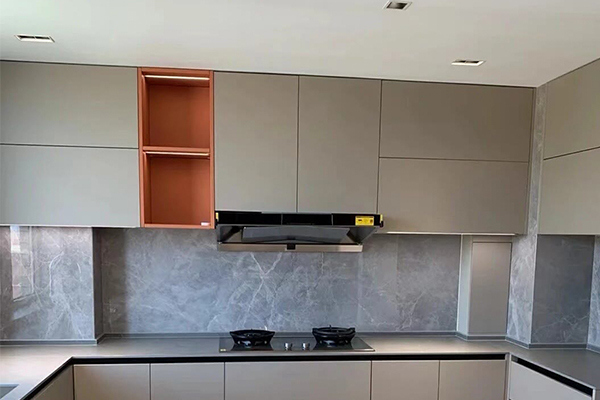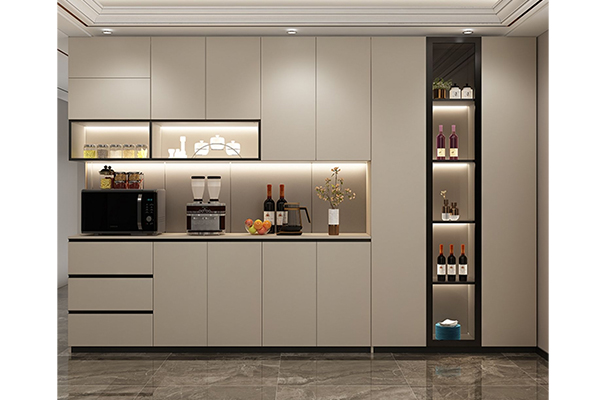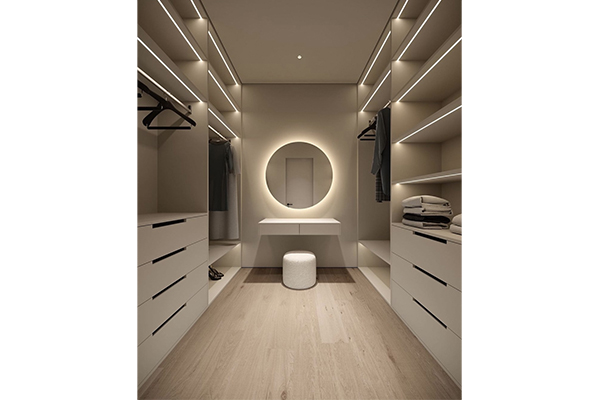How to design the internal structure and storage function of wardrobe most reasonably?
Release Time : 2025-01-21
First, the internal structure of the wardrobe should clearly divide different storage areas. Common areas include bedding area, short clothing area, long clothing area, trouser rack area, drawer area and stacking area. Such partitioning helps users to classify and store clothes according to the type and size of clothes, and improve space utilization.
Secondly, the height and size of each area should be reasonably planned according to actual needs. For example, the height of the long clothing area should be set to 140 to 150 cm to hang long clothes such as coats and dresses; the height of the short clothing area is between 100 and 120 cm, which is suitable for hanging short clothes such as shirts and coats. The height of the drawer area is usually controlled at about 20 cm, which is convenient for storing small items such as underwear and socks.
Furthermore, considering the replacement of clothes in different seasons, a special seasonal storage area can be designed at the top or bottom of the wardrobe to store out-of-season clothes and bedding. These areas can use storage bags or vacuum compression bags to further save space.
In addition, in order to increase the flexibility and adaptability of the wardrobe, adjustable height hanging rods and partitions can be installed. In this way, users can adjust the size of the storage space according to the length and quantity of clothes in different seasons.
In terms of material selection, the internal structure of the wardrobe should be made of durable and easy-to-clean materials. At the same time, the quality of hardware accessories should not be ignored, such as rails, hinges, etc. Their selection directly affects the service life and convenience of the wardrobe.
Lighting design is also an important aspect of the internal structure of the wardrobe. Installing induction lights or light strips inside the wardrobe can facilitate users to find clothes in dim light.
Finally, considering the personalized needs of users, the wardrobe design can also incorporate some special functional areas, such as shoe hanging areas, jewelry storage areas, etc.







